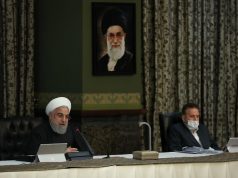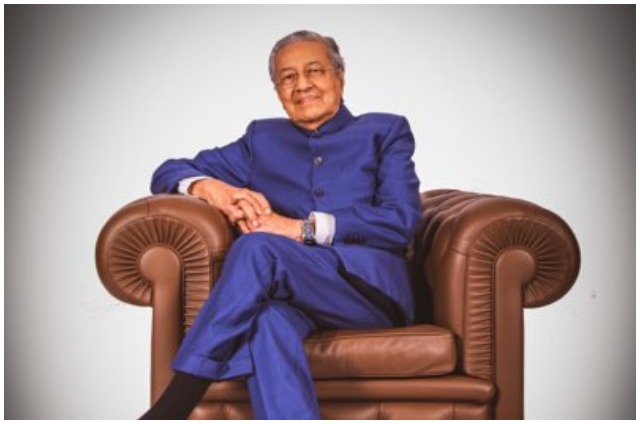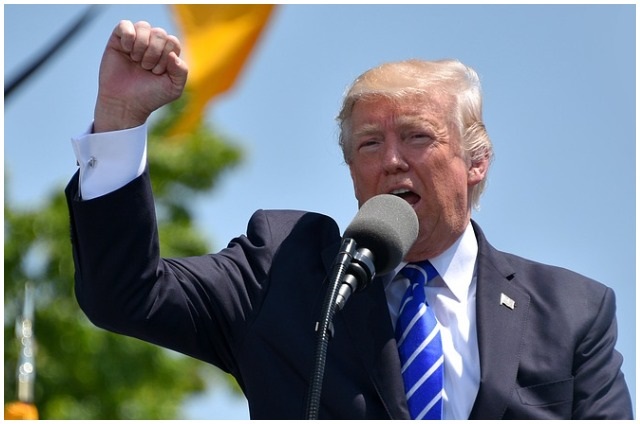Tehran – Akbar Hashemi Rafsanjani, a pragmatic cleric, served two terms as president of Iran from 1989 to 1997. But even after his presidency, Rafsanjani continued to wield substantial influence and was widely considered to be the country’s second-in-command after Supreme Leader Ayatollah Ali Khamenei.
Rafsanjani died Sunday in Tehran at the age of 82.
Born in 1934 in Bahreman, in south-eastern Iran, he was one of the architects of the Islamic Republic following the revolution of 1979. He quickly climbed the political ladder, becoming chairman of the parliament in 1980 and then president in 1989. He was also one of the richest men in the country.
Following his presidency, he helped reformist candidate Mohammad Khatami to become his successor in 1997. Hardliners and ultraconservative clergy then rallied against him for supporting Khatami and reformist policies.
During Khatami’s presidency (1997-2005), the then 70-year-old Rafsanjani acted as head of the Expediency Council, a body in charge of settling differences between parliament and the influential Guardian Council, which examines legislation and presides over elections.
Rafsanjani, however, could never fully realize his political ambitions in the Expediency Council and returned to the
main political scene as a candidate in the June 17, 2005, presidential elections. In 2005, he lost the presidential elections to the then little-known Mahmoud Ahmadinejad, but despite accusations of manipulation at the time, Rafsanjani accepted the defeat and humiliation.
After that, he isolated himself more and more from the ultraconservative clergy and took up the fight against the hardliners. When Ahmadinejad was re-elected in 2009 amid protests regarding alleged election fraud, Rafsanjani was officially degraded to the status of a dissident by the hardliners and was no longer allowed to lead Friday prayers in Tehran.
Many had already seen these events as the end of his career as a theologian and politician. But the then 75-year-old did not want to give up that easily and went on to support his protege Hassan Rowhani.
After Rowhani’s success at the ballot box in 2013, a nuclear deal with the West was reached, which led to sanctions being dropped against the country and later hardliners took a hit in parliamentary elections.
As president, Rafsanjani had advocated diplomacy rather than confrontation and had not ruled out establishing a dialogue with Iran’s arch enemy, the United States, if Washington ended its hostile policies against Tehran.
During his first presidential tenure, Rafsanjani tried to reduce Iran’s political isolation and opened up the country to the West.
His main achievement was the reconstruction of the country following the 1980-88 Iran-Iraq war during which the regime of Saddam Hussein devastated major parts of west and south-western Iran. His efforts won him the title of the “sultan of reconstruction.”
In 1997, he refused several proposals to amend the constitution to enable him a third consecutive presidential term and instead supported Khatami as his successor. Rafsanjani was considered a moderate technocrat who, according to
political analysts, stood left of the conservative clergy and right of the liberal reformists.
Last year at the age of 81, he returned to the Assembly of Experts, which selects the country’s highest authority, the Supreme Leader.
“People turn away from clerics who are not just,” he said on Twitter last year, referring to reformist gains in the elections at the cost of the country’s hardliners, who had once tried to isolate him politically.
-dpa











